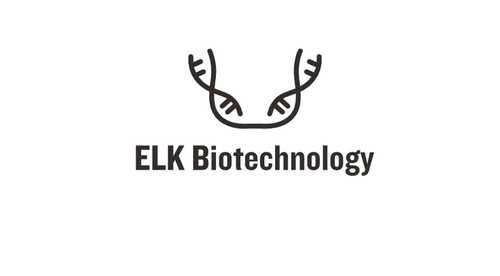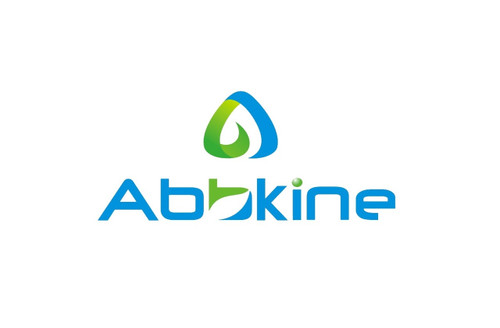Product Description
Rabbit Thromboxane A2 (TXA2) ELISA Kit | AE12722RB | Abebio
Species Reactivity: Rabbit (Oryctolagus cuniculus)
Abbreviation: TXA2
Alternative Name: N/A
Application: ELISA
Range: 12.35-1000 pg/mL
Sensitivity: 4.39 pg/mL
Intra-Assay: ≤4.2%
Inter-Assay: ≤7.5%
Recovery: 0, 88
Sample Type: Serum, Plasma, Other biological fluids
Detection Method: Sandwich
Analysis Method : Quantitive
Test Principale: This assay employs a two-site sandwich ELISA to quantitate TXA2 in samples. An antibody specific for TXA2 has been pre-coated onto a microplate. Standards and samples are pipetted into the wells and anyTXA2 present is bound by the immobilized antibody. After removing any unbound substances, a biotin-conjugated antibody specific for TXA2 is added to the wells. After washing, Streptavidin conjugated Horseradish Peroxidase (HRP) is added to the wells. Following a wash to remove any unbound avidin-enzyme reagent, a substrate solution is added to the wells and color develops in proportion to the amount of TXA2 bound in the initial step. The color development is stopped and the intensity of the color is measured.
Product Overview: Thromboxane A2 (TXA2) is a thromboxane. It is produced by activated platelets and has prothrombotic properties, it stimulates activation of new platelets as well as increases platelet aggregation. This is achieved by mediating expression of the glycoprotein complex GP IIb/IIIa in the cell membrane of platelets. Circulating fibrinogen binds these receptors on adjacent platelets, further strengthening the clot. TXA2 is generated from prostaglandin H2 by thromboxane-A synthase. Aspirin irreversibly inhibits platelet cyclooxygenase 1 preventing the formation of prostaglandin H2, and therefore thromboxane A2. TXA2 is very unstable in aqueous solution, since it is hydrolyzed within about 30 seconds to the biologically inactive thromboxane B2. Due to its very short half life, TXA2 primarily functions as an autocrine or paracrine mediator in the nearby tissues surrounding its site of production.
Stability: The stability of ELISA kit is determined by the loss rate of activity. The loss rate of this kit is less than 5% within the expiration date under appropriate storage condition. The loss rate was determined by accelerated thermal degradation test. Keep the kit at 37°C for 4 and 7 days, and compare O.D.values of the kit kept at 37°C with that of at recommended temperature. (referring from China Biological Products Standard, which was calculated by the Arrhenius equation. For ELISA kit, 4 days storage at 37°C can be considered as 6 months at 2 - 8°C, which means 7 days at 37°C equaling 12 months at 2 - 8°C) .
 Euro
Euro
 USD
USD
 British Pound
British Pound
 NULL
NULL












